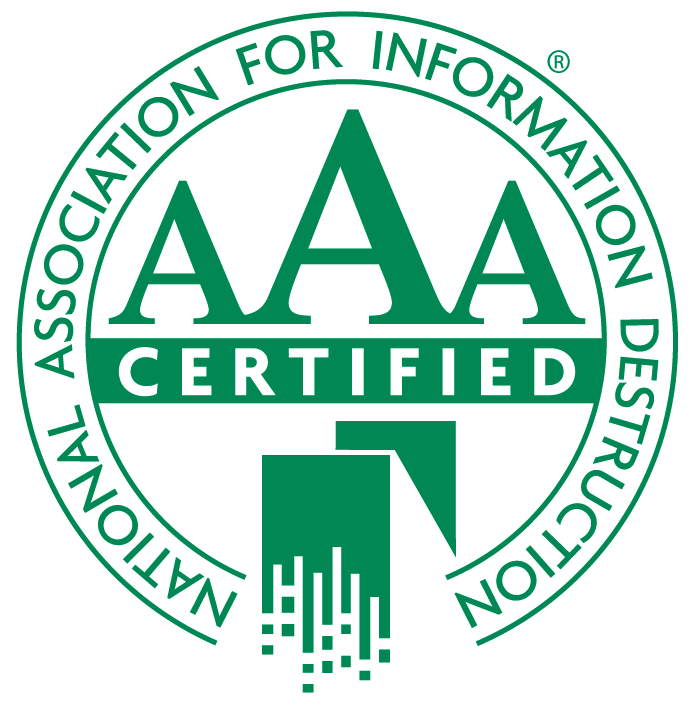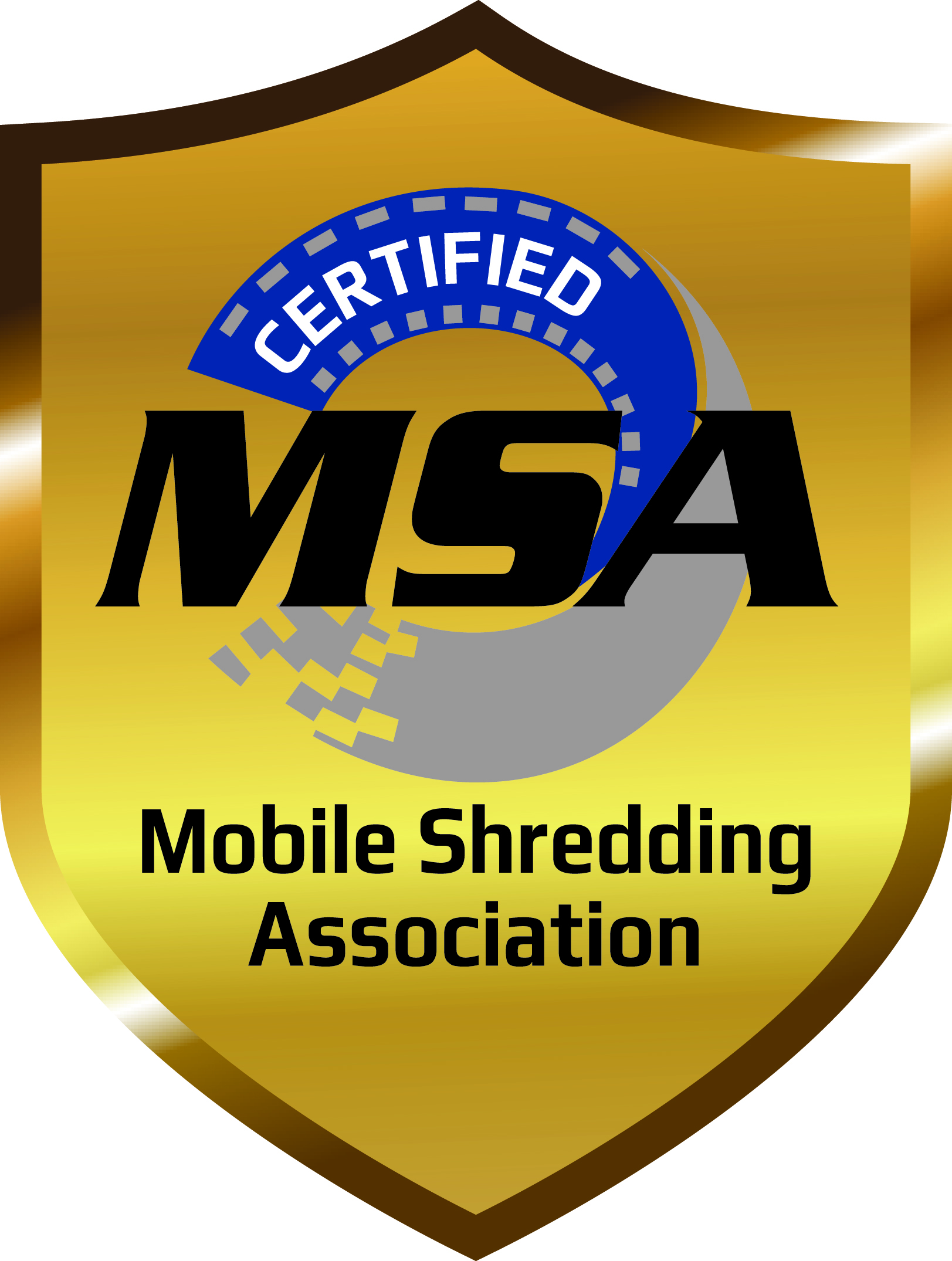Protecting confidential information in the office is one of the most important functions a business does. If confidential information gets out to the public by any means, the business could be subject to fines. When a business hires new employees, part of the orientation should include procedures to protect confidential information. Your business should also hold "reminder" meetings regarding protecting documents.
Confidential Information Definition
Confidential information includes employee and client personal information and HR files. Other examples of confidential information in a company may include:
-
Any information contained in employee files;
-
Any information contained in client/customer files;
-
Franchise agreements;
-
Vendor agreements;
-
Patents, trademarks and copyright information;
-
Production procedures;
-
Recipes;
-
Client/customer lists; and
-
Any information that may be classified as a trade secret.
Protecting confidential information in the workplace could mean the difference of facing fines or having a competitor steal customers and procedures.
1. Office Confidential Document Procedures
All of your employees and upper-level management should know how to handle confidential documents in the office. Additionally, some employees should not have access to certain types of information, including these 3 examples of confidential information:
-
Employee files;
-
Company financial information; and
-
Certain trade secrets.
The only employees that should have access to these types of files are those who must work with the files, such as HR employees, those who manage the company’s finances and those who use trade secrets to produce your service or product. For example, if you have a secret recipe for a sauce, only the head chef and sous chef should have access to that information.
2. Maintain Confidentiality in the Office
In some cases, you may feel as though it’s impossible to maintain confidentiality in the office. Some tips on how to keep information confidential include:
-
Train all new employees in the process of keeping information confidential, including placing obsolete files or documents in a locked shred box;
-
Password protect all files, giving access to only those employees who must have access;
-
Keep paper documents locked up at all times;
-
Have each employee sign a non-disclosure agreement; and
-
Keep trade secrets locked away from most employees and upper-level management except for those who must have access to complete their jobs.
Allowing as little access to confidential information as possible lowers the chance of that information getting out of the office.
3. Plan For Security Breaches
You may be wondering, “Why is it important to maintain confidentiality?” Another question you may have is how to maintain confidentiality if your company is being sold or merged with another company. It is easy enough for your information to get into the hands of less-than-scrupulous people – there’s no reason to make it easier.
Security risks range from someone walking off with documents to people hacking into your network system. This includes those who must do due diligence prior to making an offer on your company and those who might be considering a merger.
Anyone that needs to look at your financials and other confidential information should:
-
Look at the information in your presence only;
-
Should sign a non-disclosure agreement before starting due diligence; and
-
Should sign non-solicitation amendments along with the non-disclosure agreements.
Additionally, you should redact any highly personal information, including social security numbers.
Contact Carolina Shred
Keeping files locked up goes a long way in protecting your confidential information. Using locked shred boxes and a professional shredding company also lessens the chances of confidential information being disseminated to the wrong people. Contact Carolina Shred to set up an appointment to create a shredding schedule for obsolete documents and to obtain locked shred boxes to protect those documents.




Comments
0 Comments on "3 Tactics To Protect Confidential Information In The Office"